基于P2P技术的流媒服务平台的研究
大连理工大学硕士毕业论文专业学位硕士学位论文基于P2P流煤体服务平台的设计与实现DesignandImplementationofStreamMediaServicePlatformBasedonP2PTechnology作者姓名:学科、专业:学号:指导教师:完成日期:大连理工大学DalianUniversityofTechnology-1-大连理工大学硕士毕业论文独创性说明作者郑重声明:本硕士学位论文是我个人在导师指导下进行的研究工作及取得研究成果。尽我所知,除了文中特别加以标注和致谢的地方外,论文中不包含其他人已经发表或撰写的研究成果,也不包含为获得大连理工大学或者其他单位的学位或证书所使...
相关推荐
-
上海市民办上宝中学2020-2021学年八年级下学期3月月考英语试题(原卷版)

 2024-10-14 25
2024-10-14 25 -
上海市民办新复兴初级中学2020-2021学年九年级上学期期中英语试题(解析版)
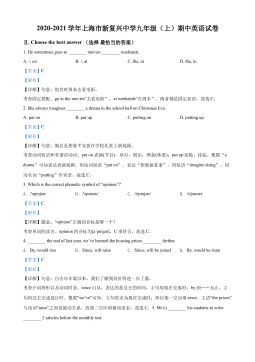
 2024-10-14 25
2024-10-14 25 -
上海市民办新复兴初级中学2020-2021学年九年级上学期期中英语试题(原卷版)

 2024-10-14 29
2024-10-14 29 -
上海市民办新复兴初级中学2021-2022学年八年级下学期期中英语试题

 2024-10-14 30
2024-10-14 30 -
上海市民办新竹园中学2020-2021学年八年级上学期期中英语试题(解析版)
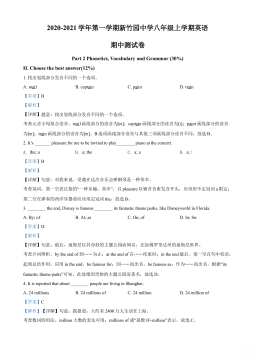
 2024-10-14 32
2024-10-14 32 -
上海市民办新竹园中学2020-2021学年八年级上学期期中英语试题(原卷版)

 2024-10-14 25
2024-10-14 25 -
上海市闵行区2017届九年级4月质量调研(二模)英语试题及答案(word解析版)
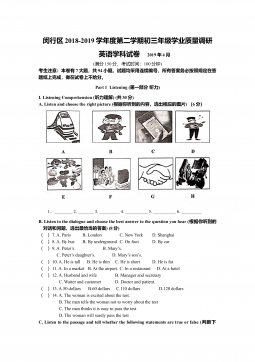
 2024-10-14 25
2024-10-14 25 -
上海市闵行区2018-2019学年八年级下学期期末质量调研英语试卷(解析版)
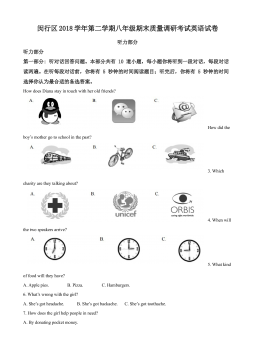
 2024-10-14 30
2024-10-14 30 -
上海市闵行区2018-2019学年八年级下学期期末质量调研英语试卷(原卷版)
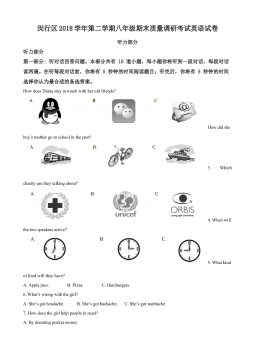
 2024-10-14 30
2024-10-14 30 -
上海市闵行区2018—2019学年七年级下学期期末英语试题(解析版)
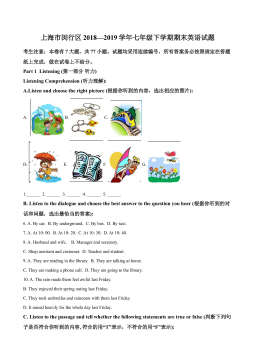
 2024-10-14 33
2024-10-14 33
相关内容
-

上海市民办新竹园中学2020-2021学年八年级上学期期中英语试题(原卷版)
分类:初中教育
时间:2024-10-14
标签:无
格式:DOC
价格:12 积分
-

上海市闵行区2017届九年级4月质量调研(二模)英语试题及答案(word解析版)
分类:初中教育
时间:2024-10-14
标签:无
格式:DOCX
价格:12 积分
-

上海市闵行区2018-2019学年八年级下学期期末质量调研英语试卷(解析版)
分类:初中教育
时间:2024-10-14
标签:无
格式:DOCX
价格:12 积分
-

上海市闵行区2018-2019学年八年级下学期期末质量调研英语试卷(原卷版)
分类:初中教育
时间:2024-10-14
标签:无
格式:DOCX
价格:12 积分
-

上海市闵行区2018—2019学年七年级下学期期末英语试题(解析版)
分类:初中教育
时间:2024-10-14
标签:无
格式:DOC
价格:12 积分






